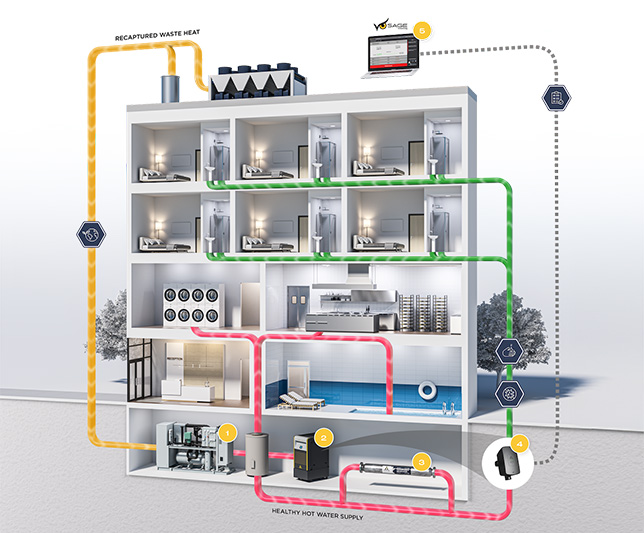
Higher education campuses face unique structural and operational demands. With a range of old and new buildings, a variety of facility types, and ambitious sustainability goals, it's essential that no aspect of infrastructural performance is overlooked. Facility managers must be equipped to provide a safe, reliable and efficient space for students, faculty and guests.
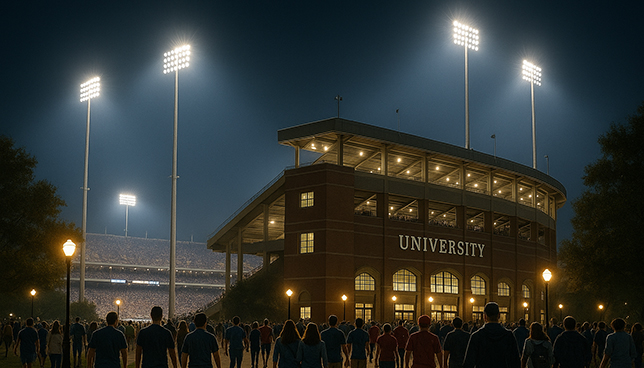
New campus planning documents reveal an abundance of high interest in new stadiums, or renovations and repurposing projects for existing facilities. Many universities, in fact, are developing campus complexes with new stadiums as a draw for retail, hotels, and student housing. Multipurpose facilities with high-end features are being designed to attract large sports events of various types, concerts, and other university functions.

Many Southern California college and university campuses are living amidst surging housing costs, driving the need to house more of their populations on campus. Especially for community colleges, the need to support millions of unhoused and housing insecure students has become a prominent issue that lawmakers and institutions alike are trying to solve.

Griffith STEAM Magnet Middle School's Agualta STEAM Engine blends education, community, and nature through its adaptable design.
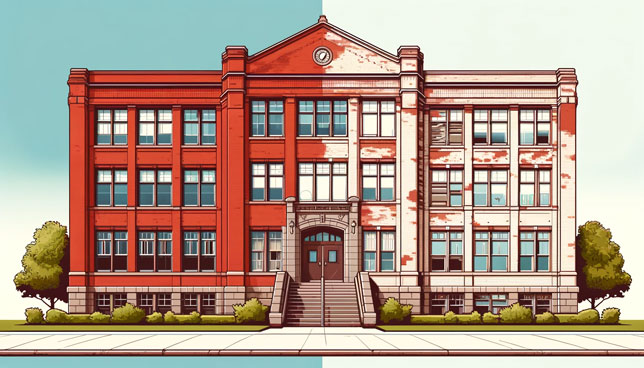
School districts across the country must prepare for all possible funding scenarios by analyzing school asset and infrastructure conditions, understanding their funding needs, and developing a proactive maintenance strategy to stretch their funding dollars.

With 2025 well underway, it’s time to take a look at some broader trends submitted by you, our Spaces4Learning readership. We asked for your thoughts on topics like classroom design, health & safety, materials & construction, and technology in both K–12 and higher-education environments. Below is a roundup of 2025 trends in K–12 materials and construction from the experts in the trenches.

With 2025 well underway, it’s time to take a look at some broader trends submitted by you, our Spaces4Learning readership. We asked for your thoughts on topics like classroom design, health & safety, materials & construction, and technology in both K–12 and higher-education environments. Below is a roundup of 2025 trends in higher education from the experts in the trenches.
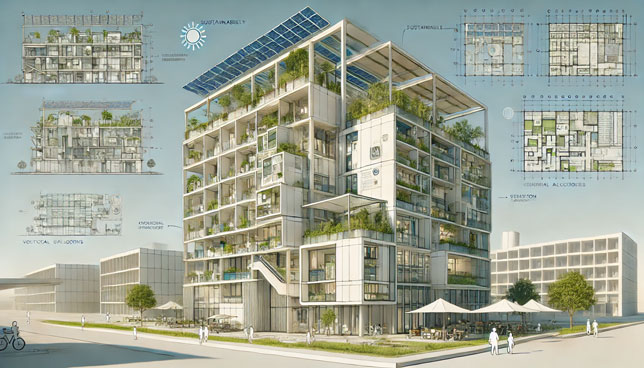
With the most technically advanced Gen Z (born between 1997 and 2012) at the helm, residence hall design trends for 2025 look to focus on flexible spaces, health and wellness, sustainability, community, and digital technology.
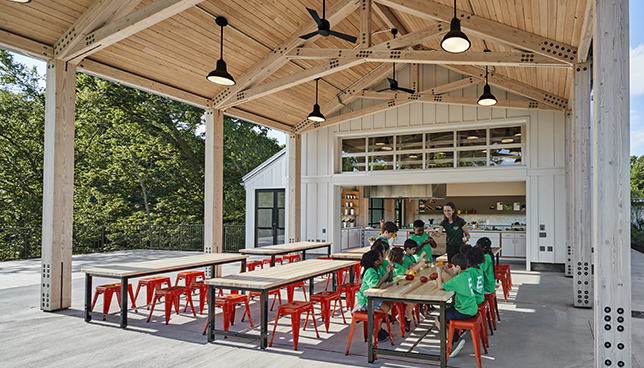
Engaging students through facilities designed for indoor and outdoor learning and activities reflects a growing awareness of how children learn and thrive, with educators recognizing the importance of getting outside and disconnecting from technology. And, as today’s youth grapple with the urgent mental health crisis of increased anxiety and loneliness fueled by both the pandemic and technology, along with a related crisis in youth physical health, the wellness benefits of getting outside have never been so palpable.
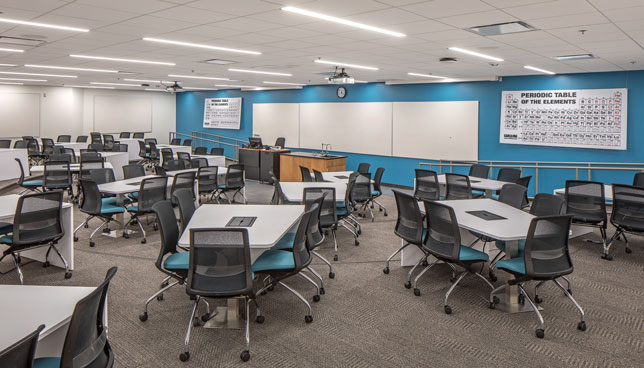
The recent renovation of the Durham Science Center at the University of Nebraska-Omaha (UNO) provides a roadmap for facilities managers tasked with balancing budget constraints, modern pedagogical demands, and long-term sustainability.
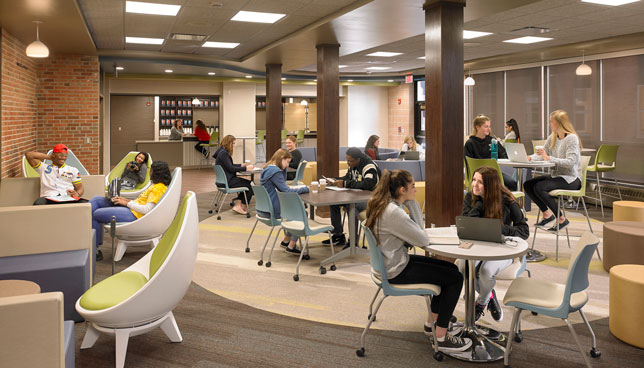
In the face of increasing pressures on construction timelines, budgets, and material availability, the renovation and reuse of pre-existing structures for new purposes can help bridge the gap between modern school programming and outdated school infrastructure.
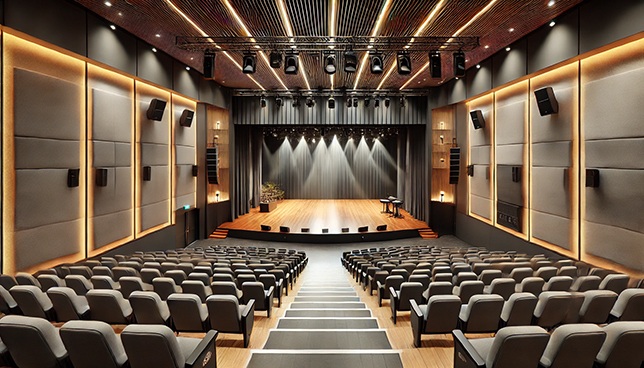
Designing a top-tier performing arts facility for a high school is a complex endeavor that demands a delicate balance between advanced technical specifications and practical budget considerations. Nevertheless, it represents a crucial initiative that enriches educational and community engagements.
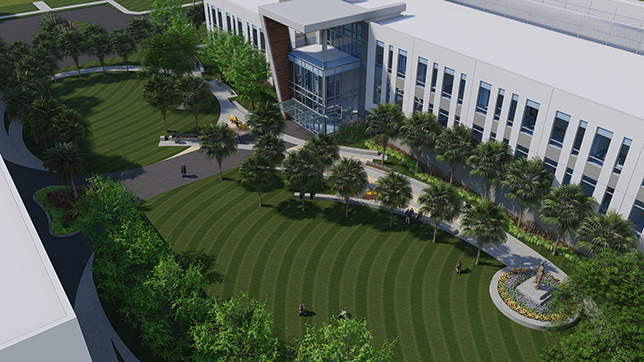
Landscape architecture plays a crucial role in shaping the overall experience, functionality, and identity of college and university campuses. The design and layout of outdoor spaces influence everything from the interactions between students to the ease with which people navigate the campus. A thoughtfully designed campus provides not only a functional environment for daily activities but also a space that inspires academic success and fosters personal growth.
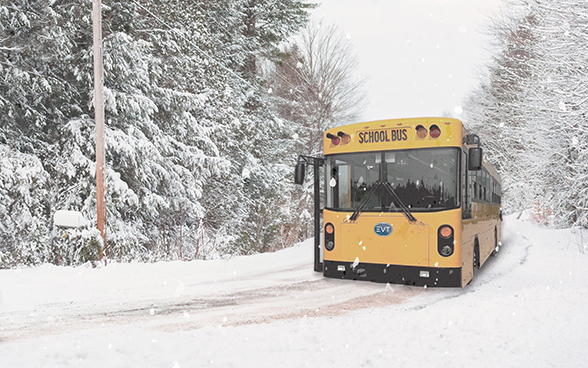
Now is an excellent time for K-12 “yellow” school buses, college campus transportation, and public transit systems to transition to zero-emission electric buses instead of traditional gas or diesel-powered models.

SROs are now integral components of nearly every educational system in the country. But instead of being a more passive entity in schools, they have gradually become mentors to students, adding to their support network of teachers, parents, coaches, and other caring adults.

One of the most fundamental human requirements, as outlined in Maslow’s hierarchy of needs, is the provision of basic needs: food, shelter, and clothing. In school, this hierarchy of needs shifts to include the need for physical, mental, and emotional safety. The student mind is not biologically wired to deal with the negative impacts of unsafe environments, which implies that security has a major impact on student well-being.
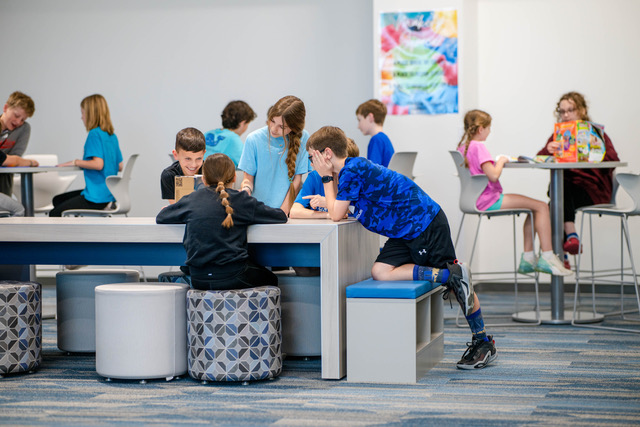
Recently, several school visits early in the academic year highlighted how many first-year teachers struggle to set up their classrooms effectively. It's evident that more can be done to better support them from the start, particularly in the area of classroom design.

In the realm of modern medical education, the pursuit of excellence knows no bounds. Belmont University's latest endeavor, state-of-the-art Thomas F. Frist, Jr., College of Medicine and Center for Interprofessional Engagement & Simulation, epitomizes this relentless quest for an innovative approach to training future health care.
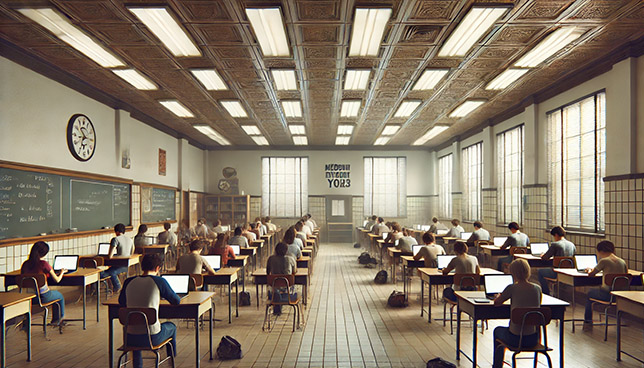
In school districts across America, the start of a new school year is met with optimism and new beginnings. But as the back-to-school excitement wears off, it recedes to the reality that many school facilities are in the same state of infrastructural decline that they’ve faced for years, if not decades, as these facilities deteriorate.

The United States' five State Maritime Academies are responsible for educating the next generation of officers in the merchant marine. To better equip those five institutions to provide that critical educational foundation, the U.S. Maritime Administration (MARAD) has been gradually working to decommission and replace their current fleet of training ships––which were originally designed for the use of steam power and have begun to age beyond their viability.

Home to some of St. Louis’s brightest young minds, the Idea Center on the campus of Lindbergh High School transforms a static, decades-old library into dynamic learning spaces where design facilitates community, and every space encourages exploration, collaboration, and hands-on learning.